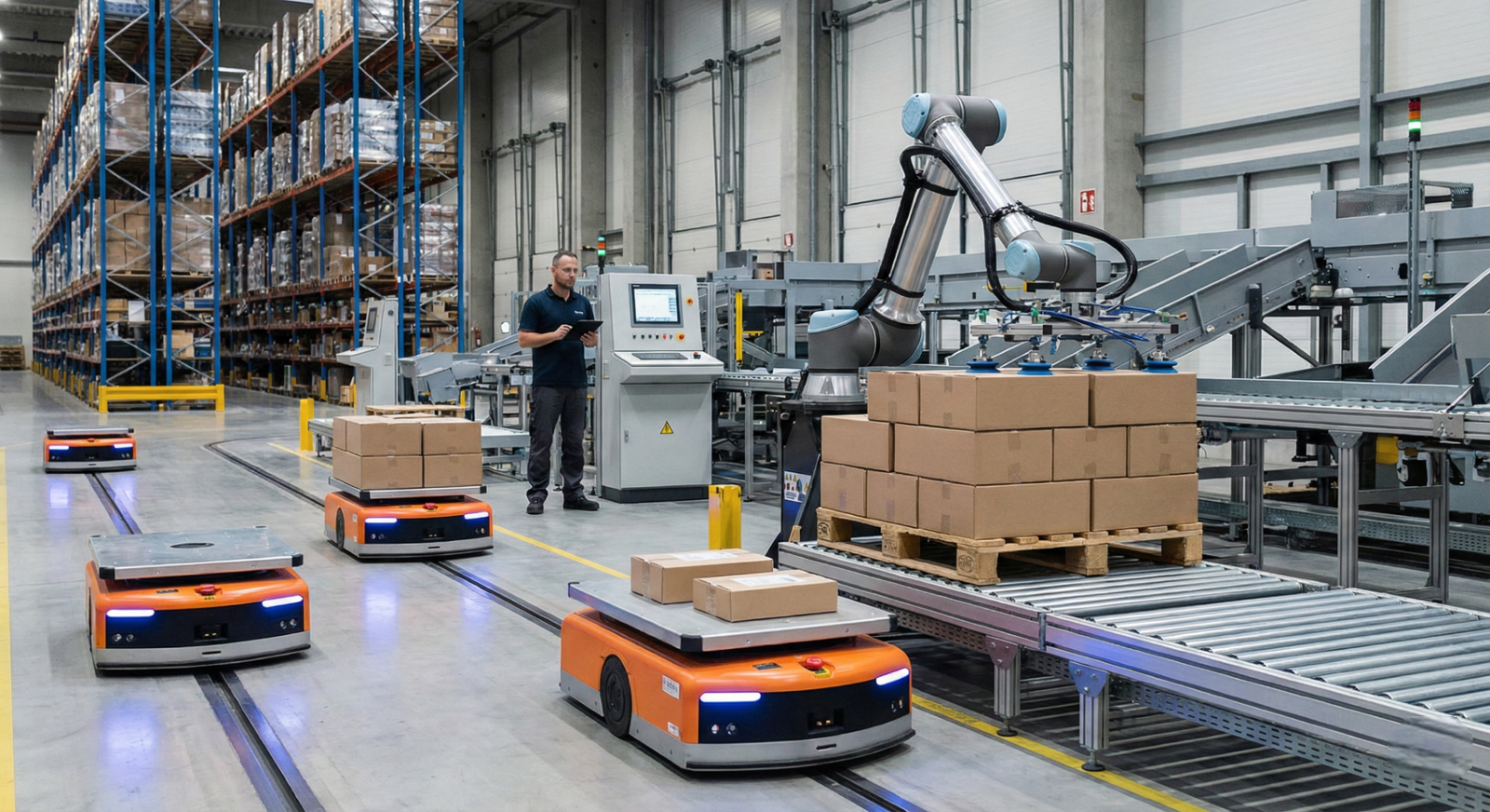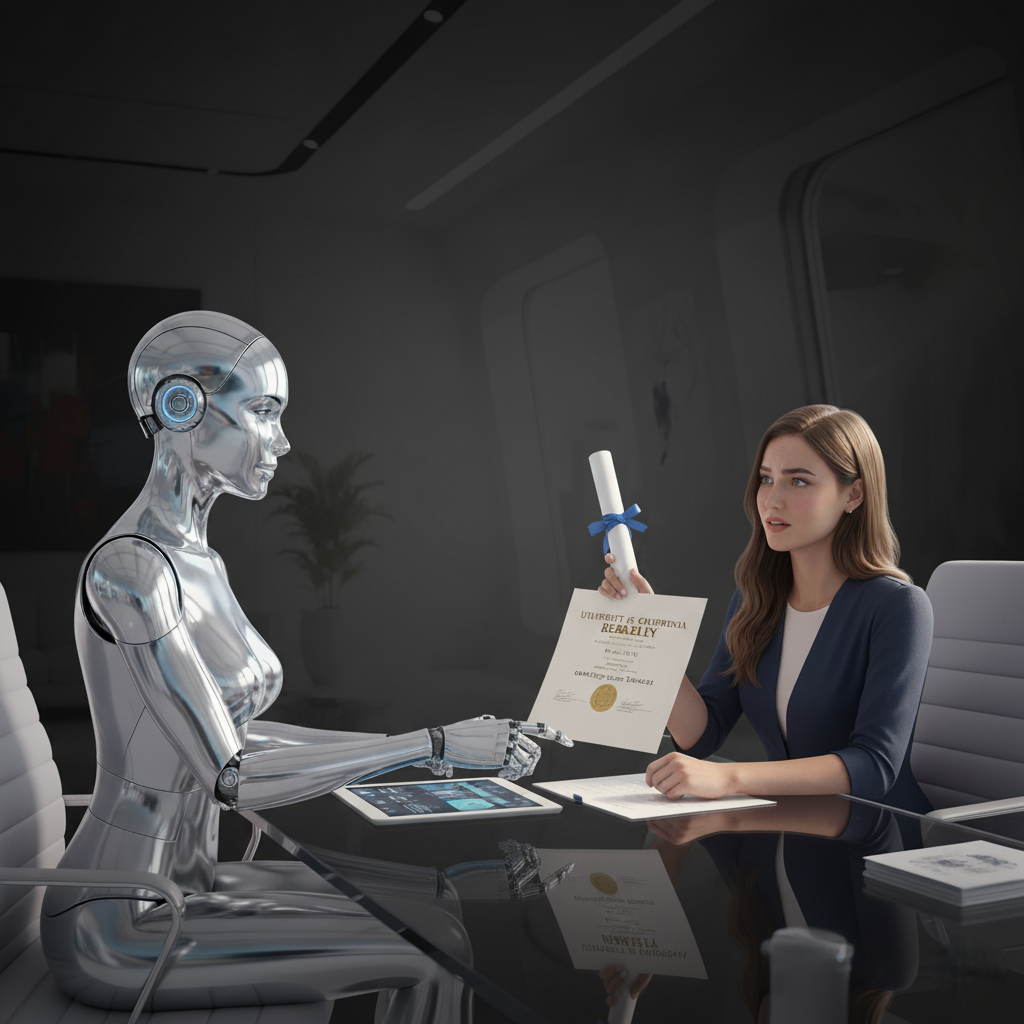Key Takeaways:
- Synthesia, a prominent company in the field of AI, has developed a technology called “Expressive Avatars.” These are AI-generated digital characters that can convincingly convey human emotions through text inputs.
- Expressive Avatars are capable of understanding the sentiment behind a text and can perform lines with appropriate facial expressions, body language, and tone of voice, much like a real actor would.
- This technology has the potential to revolutionize the way videos are created for various purposes, including corporate presentations, training videos, and marketing materials.
Imagine watching a video where the person on the screen is not a real human, but an AI-generated digital character that can express emotions like happiness, sadness, or frustration just by reading text. Sounds unbelievable, right? Well, a company called Synthesia has made this a reality with their new “Expressive Avatars” technology.
What are Expressive Avatars?
Expressive Avatars are AI-generated digital avatars that can convey human emotions through text inputs. These avatars can understand the sentiment behind the text they are given and perform the lines with appropriate facial expressions, body language, and tone of voice, just like a real actor would.
For example, if you give the avatar the text “I am happy,” it will smile and speak in a cheerful tone. But if you change the text to “I am sad,” the same avatar will frown, slouch its shoulders, and speak in a somber voice.
How Do They Work?
Synthesia trained its system by having real actors read scripts in front of a green screen at their studio in London. The AI model, called EXPRESS-1, watched hours of these recordings and learned to decode the relationship between the language and the corresponding emotions and expressions.
So when you input text into Synthesia’s platform, the model can predict the appropriate sentiment, facial expressions, lip movements, and vocal tones to match the text, resulting in a realistic and engaging performance by the AI avatar.
Why Are They Important?
Expressive Avatars can revolutionize the way videos are created for various purposes, such as corporate presentations, training videos, and marketing materials. Instead of hiring actors, setting up cameras, and going through lengthy editing processes, businesses can simply input text and generate high-quality videos with AI avatars that look and act like real people.
Moreover, these avatars can be used in industries like healthcare, where they can deliver sensitive information with the appropriate empathy and emotional connection, making the content more relatable and effective.
Potential Concerns
While Expressive Avatars are an impressive technological achievement, there are concerns about their potential misuse for creating fake or misleading content. To address this, Synthesia has implemented strict controls, such as requiring publishers to sign up as enterprise customers, moderating the content generated, and implementing a rigorous “Know Your Customer” process to prevent bad actors from creating fake company profiles.
Synthesia’s Rise to Prominence
Founded in 2017, the company has quickly risen to prominence. At the core of Synthesia’s offerings is its AI video creation platform, which enables users to generate high-quality videos directly from text inputs. With a valuation of approximately $1 billion after securing $90 million from investors last year, Synthesia’s technology is already utilized by over 55,000 businesses, including half of the Fortune 100 companies, for creating digital avatars for corporate presentations and training videos.
The Future of AI Avatars
Synthesia is actively preparing for upcoming global elections and has implemented various controls to prevent hostile actors from manipulating the outcome through its platform. The company is also continuously working on improving the technology and expanding the range of expressions and interactions that the avatars can perform.
As AI technology continues to advance, we can expect to see even more realistic and expressive AI avatars in the future, opening up new possibilities for communication, entertainment, and education.




